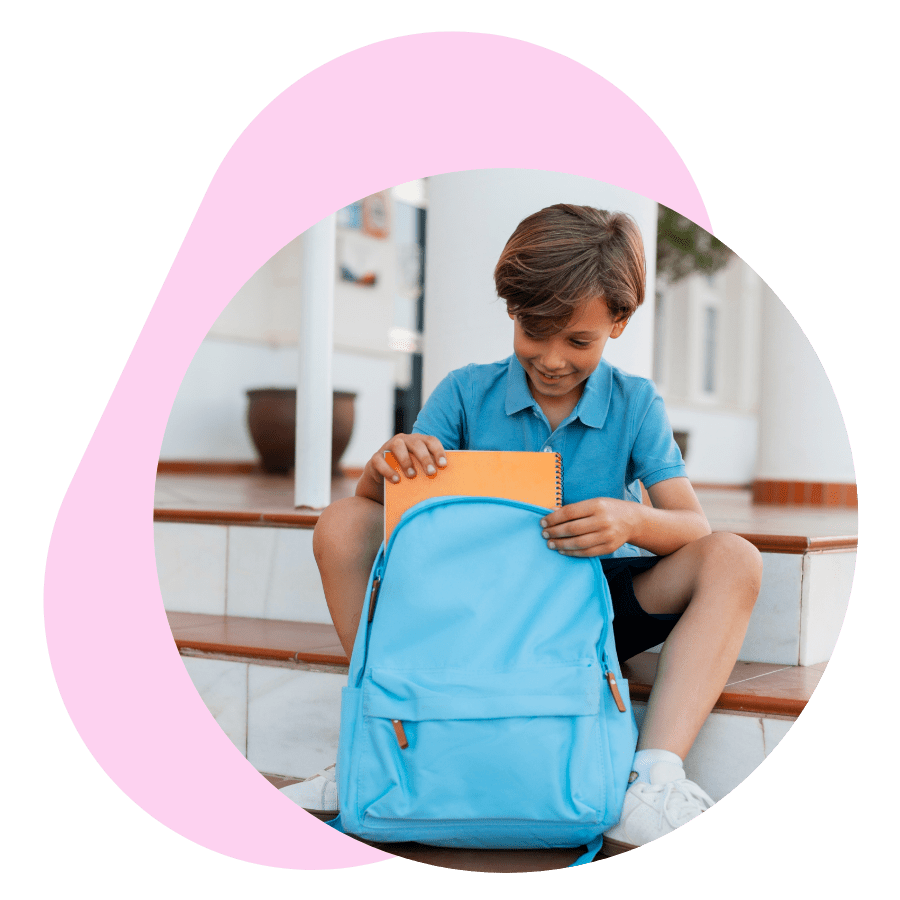1- Los animales y sus hábitats
1.1- Jungle
The jungle is an area of forest that combines warmer temperatures and dense vegetation. More than half of the plant and animal species in the entire world live in the jungle:

The lion is a powerfully built cat with a long body, large head, and short legs. It is most active at night. During the day, the lion sleeps well on the forest floor.
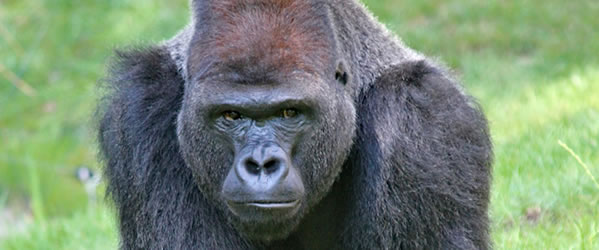
The gorilla is a very hard animal and uses its strength to rip open tree trunks to obtain the softer insides. They are exclusively herbivores who eat fruit, leaves, shoots, bulbs, and roots.
1.2- Rainforest
A rainforest is a tall and dense jungle. The reason it is called a “rain” forest is because of the high amount of rainfall it gets per year; the climate of a rainforest is very hot and humid.
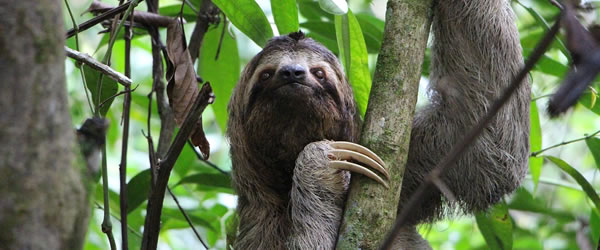
Sloths are mammals found in the rainforest canopies of Central and South America. They move slowly and sleep upside-down for up to 18 hours at a time. They feed on fruit, leaves, buds, and young twigs. In fact, they need very little food because they have such a slow metabolism.
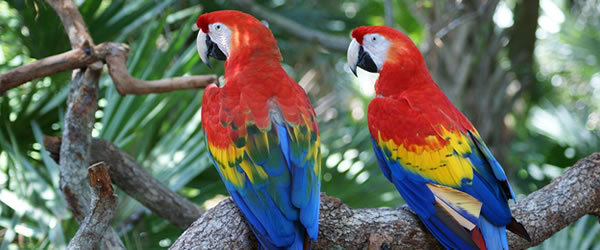
Macaws are the largest of all parrots; they are very social and intelligent birds. Macaws have beautiful tails as long or longer than their bodies and pointed wings that enable them to fly quickly.
1.3- Ocean
Oceans are areas of salty water that fill enormous basins on the Earth’s surface. They help keep Earth’s climate habitable. By moving water around the globe, the oceans help to keep places from getting too hot or too cold. About one million animals live in the ocean.

One of which, the blue whale, is the largest mammal in the world. These giant animals are found in all the oceans and often swim happily in small groups and sometimes alone. They feed on tiny shrimplike animals called krill.

Another sea mammal is the dolphin. They are very social, playful, smart animals that like to surf fast in waves, the wakes of boats and even swim through self-made bubble rings. They can swim up to 22 miles an hour!
1.4- Farms
A farm is a place where farmers live and grow crops and keep domestic and agricultural animals. The most common animals found on a farm are:
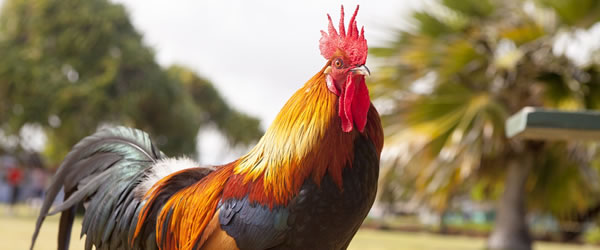
An adult male chicken called Rooster, which are larger, usually more brightly colored, and have larger combs on top of their heads compared to hens. They have bad senses of smell and taste but are good at hearing. Roosters have been kept on farms, crowing noisily, for about 5000 years.

Horses, which have a short coat, a long mane, and a long tail are herbivores that feed mainly on grasses, herbs, vegetables and water. Horses have four natural steps: walk, trot, canter, and gallop. They beautifully change their step to change speeds.
2- Adverbs of Manner
We use Adverbs of Manner to describe the way people do things.
Utilizamos los adverbios de modo para expresar la manera en que se realiza la acción.
For example:
- It’s raining heavily. / Está lloviendo intensamente.
- I opened the door slowly. / Abrí la puerta lentamente.
Los adverbios de modo generalmente se forman agregando –ly al final del adjetivo, que equivale a la terminación ‘mente’ en castellano:
| Adjetivo
Calm / (tranquila) My yoga teacher Always seems calm and relaxed. |
Adjetivo
Calmly / Tranquilamente Tom is playing calmly in his room. |
| Natural / Natural
I’m a natural blonde. |
Naturally / Naturalmente
We are living in an age where excuses come naturally. |
Existen adverbios de modo que no cumplen con esta regla. Estos ya están establecidos:
| Adjetivo
Good / Bueno We have had some good news. |
Adverbio
Well / Bien She knows me well. |
| Fast / Rápido
Ben is a fast runner. |
Fast / Rápidamente
Ben can run fast. |
| Late / Retraso
The train was one hour late |
Late / Tarde
The program started late |
| Early / Adelantado
We were twenty minutes early |
Early / Temprano
I get up early every morning |
Los adverbios de modo normalmente vienen después del verbo o después del objeto.
Ejemplos:
- He spoke angrily / Él habló furiosamente.
- He opened the door quietly / Él abrió la puerta tranquilamente.
